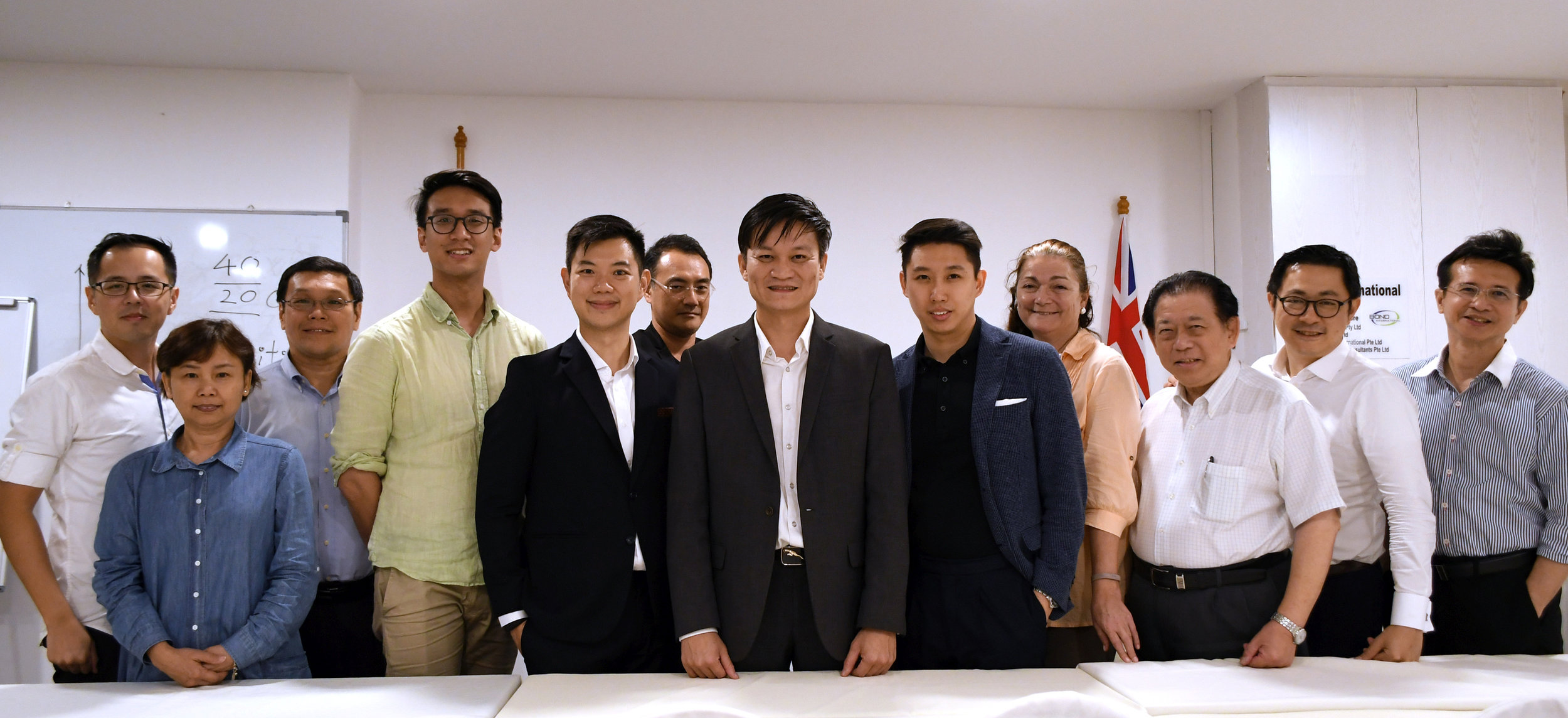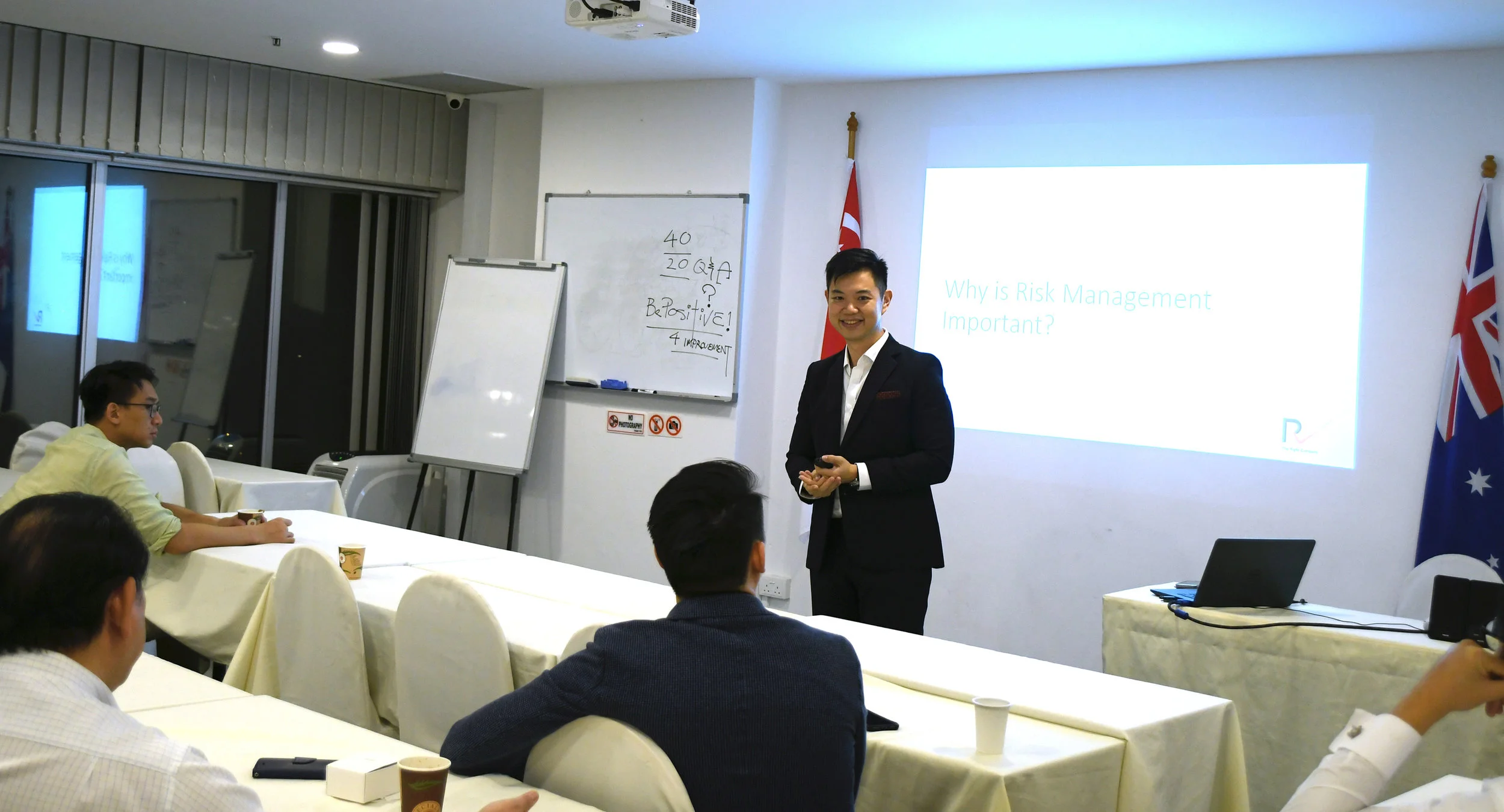The 142nd Association of Professional Trainers (APTS) meeting 2 days ago was quite a blast.
We had, for the 1st time, two emcees - Eugene Seah and Jude Lim - who decided to adopt a cross-talk style, to a... rather interesting effect.
Our President, Mr. David Lee, shared his experiences and thoughts with us during his opening address - something I always look forward to.
Then, we had our first speaker - Alvin Lim, who taught us about Risk Management.
He took us through the types of risks that we, as trainers, often come across:
Strategic Risks, Compliance Risks, Operational Risks, Financial Risks, and Reputation Risks
After that, he reminded us that we could do 5 things when it comes to risks:
1) Accept them
2) Reduce them
3) Share them
4) Transfer them
5) Avoid them
(5) is a common response, but never a long-term solution.
After a short break, we had Mike Li sharing what he suggested is The World's Biggest Problem.
Through an audience poll, and some research he had done, many people think that global warming is The World's Biggest Problem.
Well, it certainly keeps me up at night, especially during the past few sweltering days.
Without spoiling what I thought was an excellent TED-style talk, I will share just one key takeaway from it:
The Mediocre Are Always At Their Best.
Now, that's a statement for the ages.
Thank you, Alvin and Mike, for sharing some truly thought-provoking points.
I look forward to your next events!









